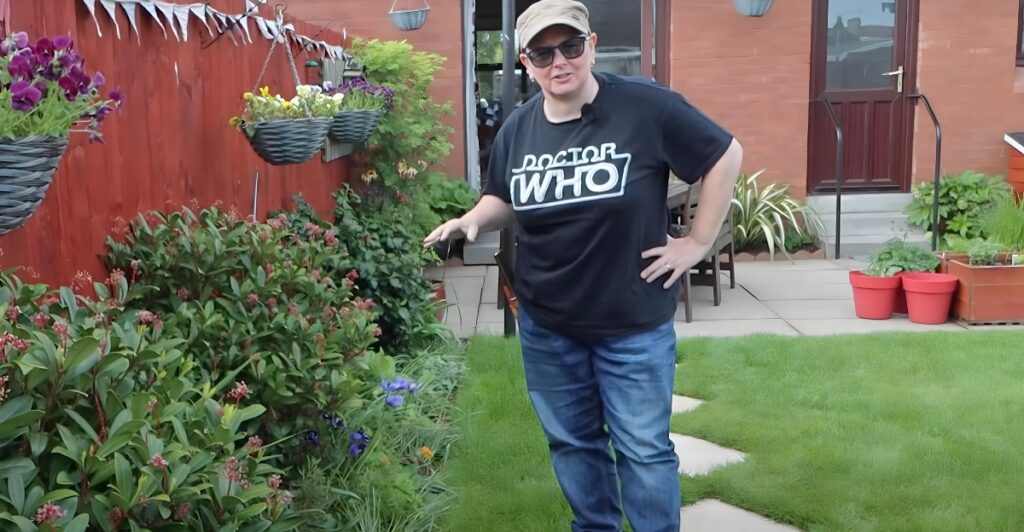
In recent years, wildlife gardening has gained popularity as homeowners look to create natural habitats in their backyards. Homeowners Associations (HOAs) have a unique opportunity to promote these eco-friendly practices within their communities.
Benefits of Wildlife Gardening

Wildlife gardens can transform sterile lawns into thriving ecosystems that support a wide range of plant and animal species. By encouraging wildlife gardening, HOAs can help boost biodiversity and create a more vibrant environment for residents to enjoy.
Enhancing Local Ecosystems
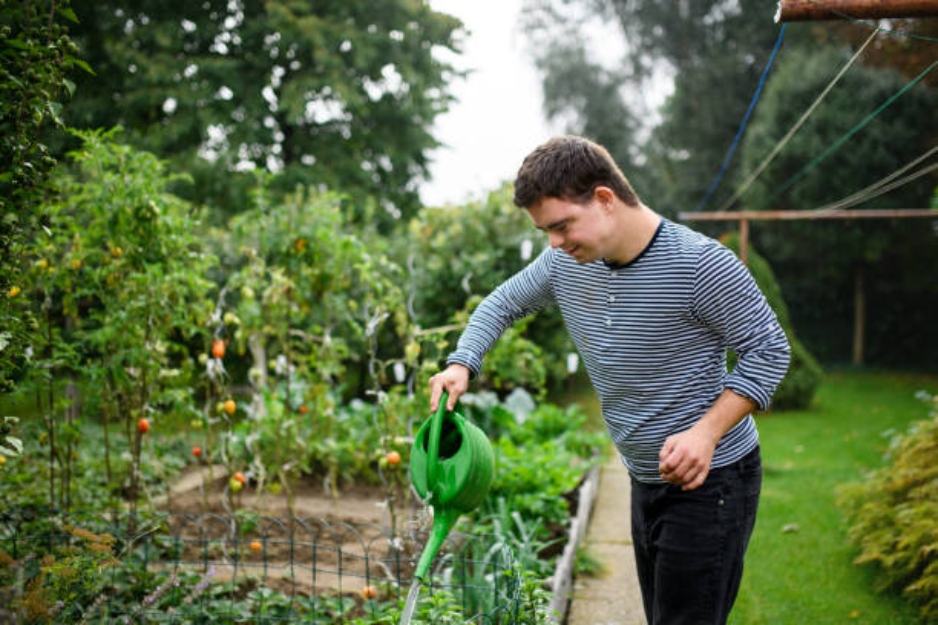
Traditional landscaping often involves non-native plants that provide little to no benefit for local wildlife. In contrast, wildlife gardens feature native plants that attract pollinators like bees, butterflies, and birds, fostering a healthier ecosystem.
Reducing the Need for Harmful Chemicals

Lawns typically require pesticides and fertilizers, which can harm local wildlife and pollute water sources. By promoting wildlife gardening, HOAs can help reduce the need for these chemicals, making the neighborhood safer and more sustainable.
Boosting Property Values
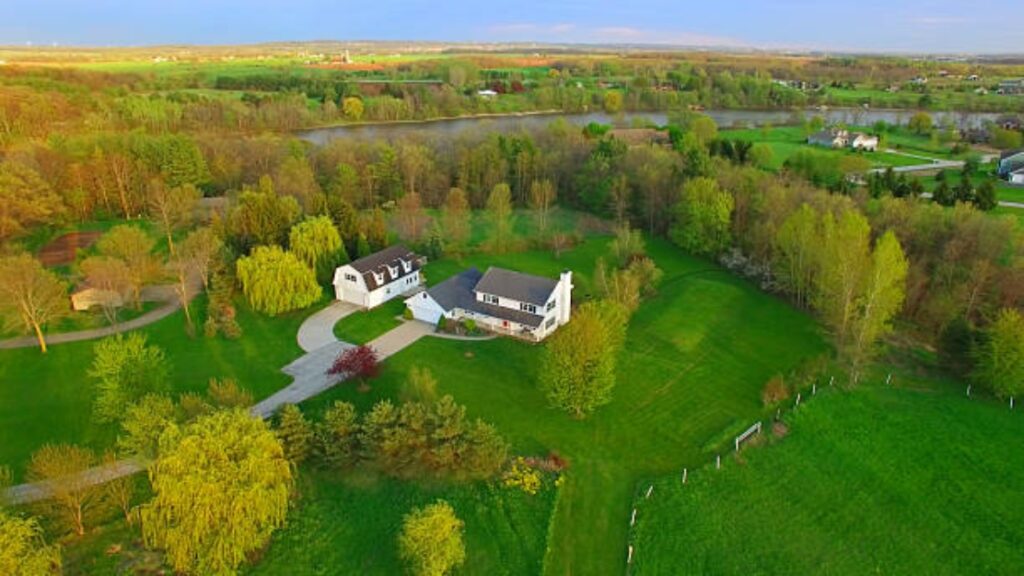
A well-maintained wildlife garden can enhance the aesthetic appeal of a property, potentially increasing its value. Prospective buyers are often attracted to neighborhoods with green spaces and an emphasis on eco-friendly practices.
Supporting Pollinators and Local Wildlife
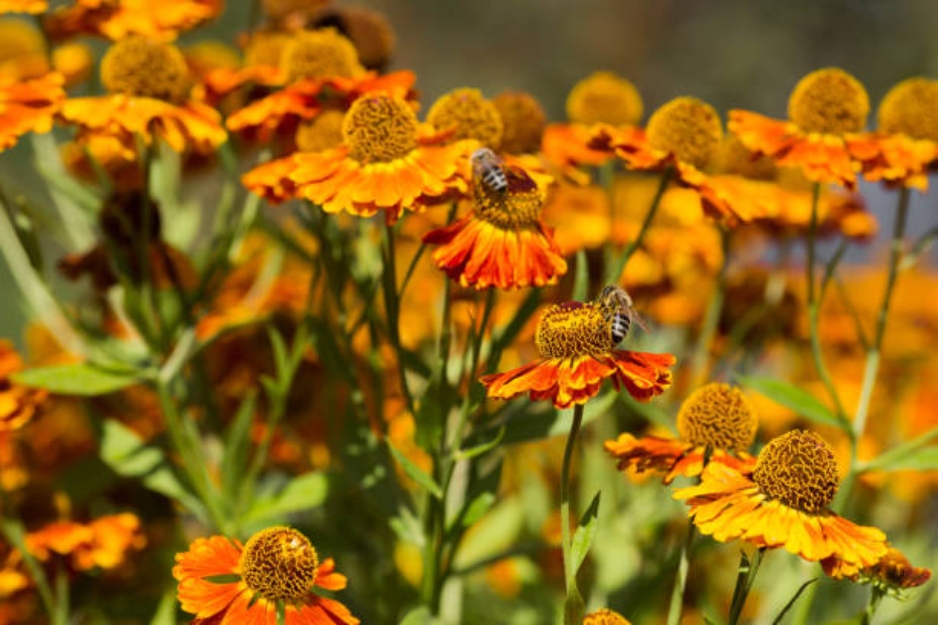
Pollinators, such as bees and butterflies, play a critical role in the food chain but have been declining due to habitat loss. Wildlife gardens provide essential food and shelter for these creatures, supporting their populations and contributing to the overall health of the ecosystem.
Creating Community Engagement Opportunities
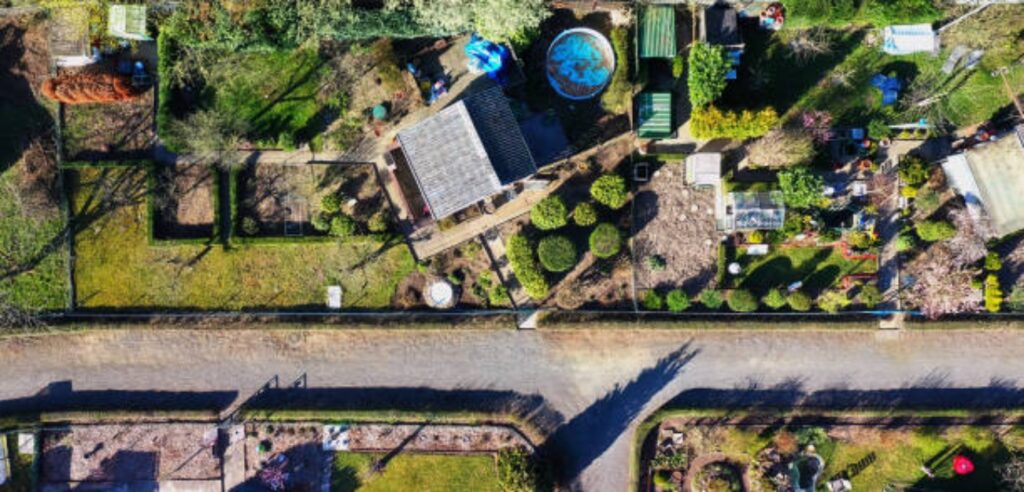
Encouraging wildlife gardening can be a great way for HOAs to foster community engagement and education. Hosting events like garden tours, plant swaps, or workshops on native plants can bring residents together and increase awareness about the importance of biodiversity.
Addressing Climate C
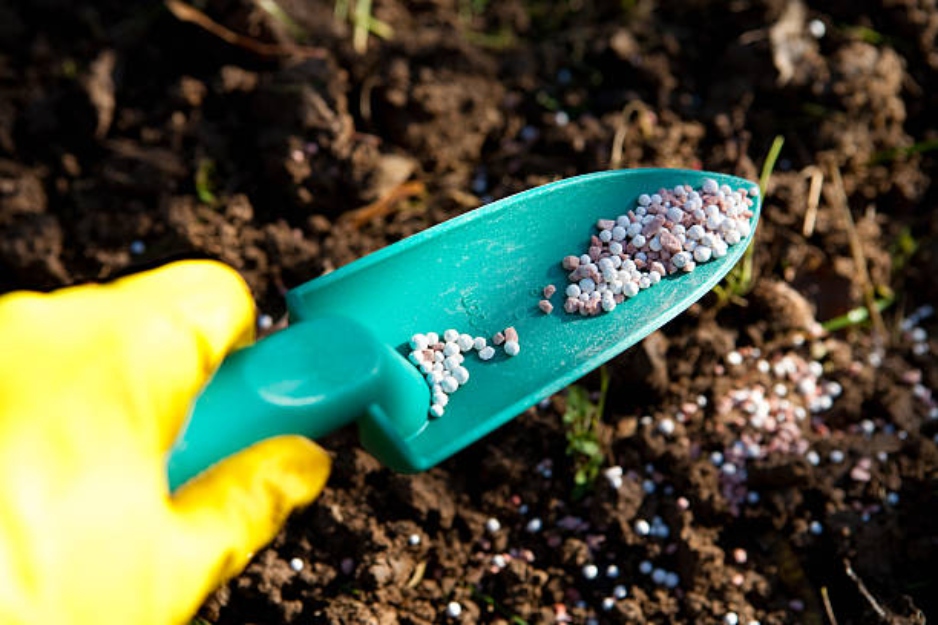
Traditional lawns contribute to greenhouse gas emissions through frequent mowing and fertilizer application. Wildlife gardens, on the other hand, require less maintenance and help sequester carbon, making them a simple yet effective way for neighborhoods to combat climate change.
Reducing Maintenance Costs
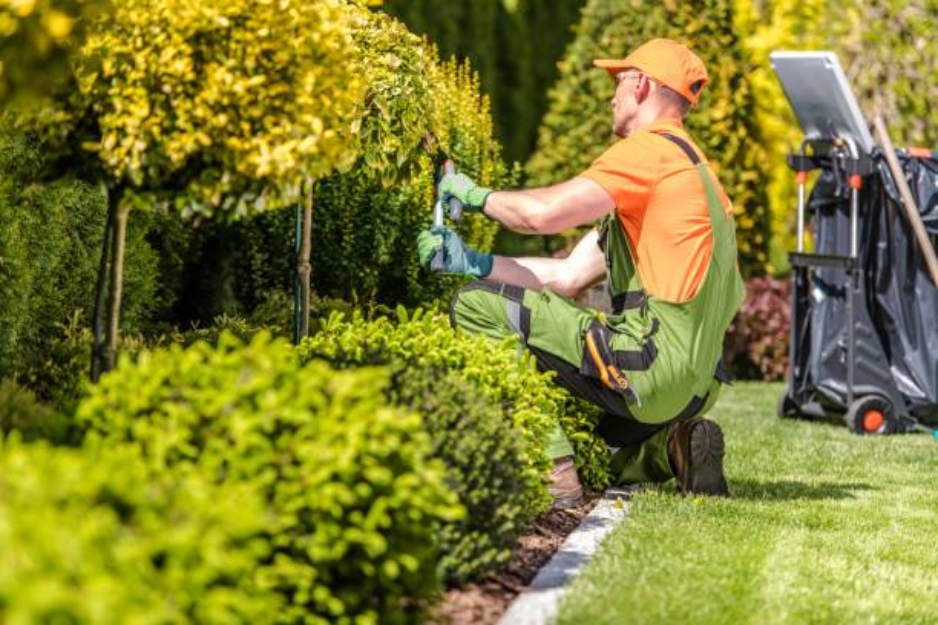
Standard landscaping can be costly and time-consuming to maintain, especially with the need for regular mowing, watering, and pest control. Wildlife gardens, which rely on native, drought-tolerant plants, require less upkeep, saving HOAs money on landscaping services.
A Greener Path Forward for HOAs
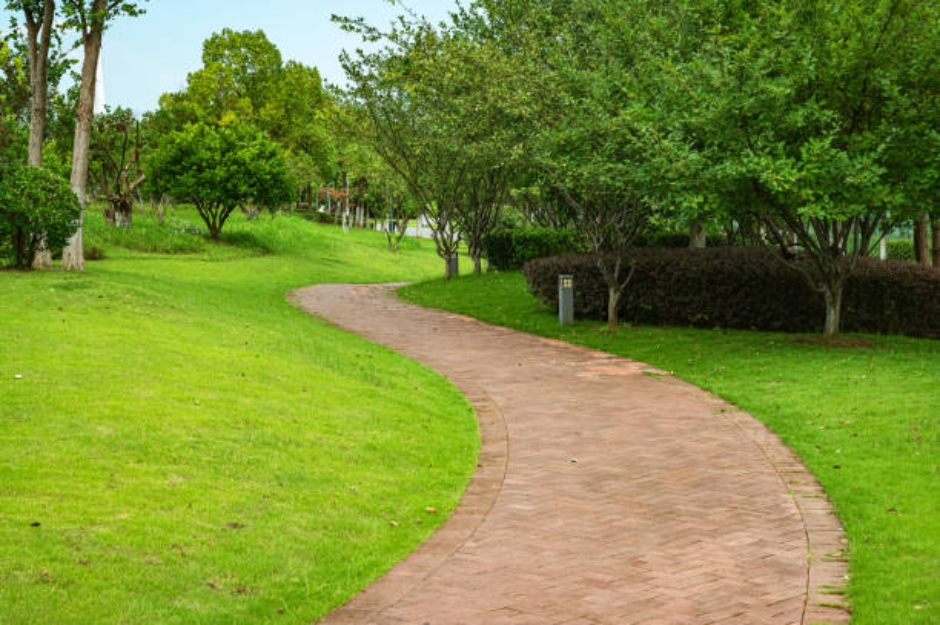
By encouraging wildlife gardening, HOAs can create vibrant, sustainable communities that benefit both residents and local wildlife. It’s a small change that can make a big impact, paving the way for healthier, greener neighborhoods.
Stay connected with us for more stories like this! Follow us to get the latest updates or hit the Follow button at the top of this article, and let us know what you think by leaving your feedback below. We’d love to hear from you!







